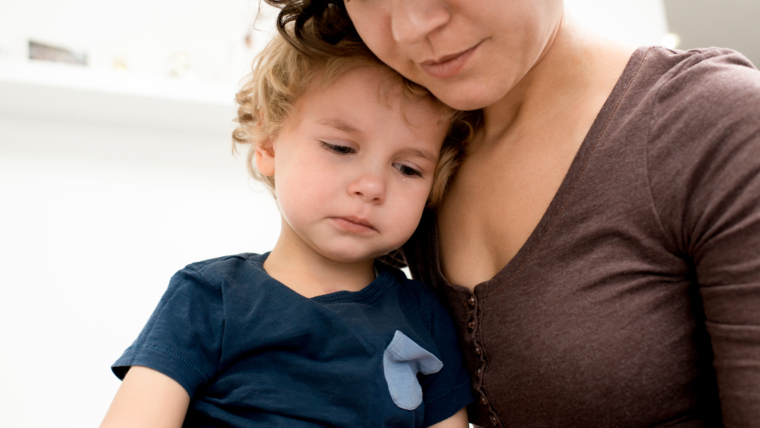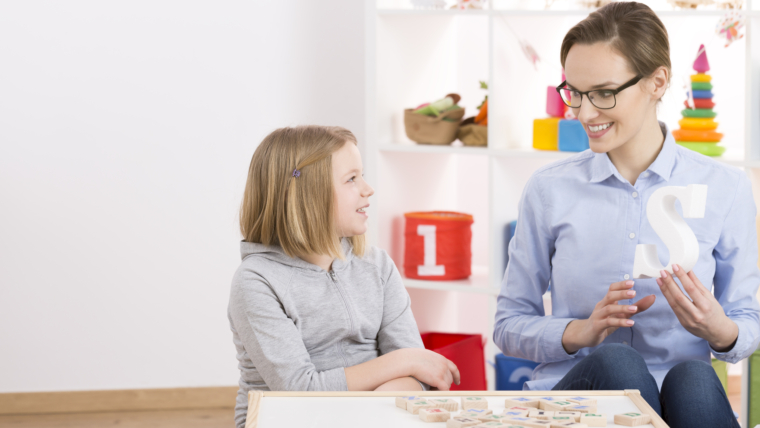Response generalization
Behaviors look different but have the same function.
We are not cavemen so it does not matter if we use stimuli in our responses!
For example,
Eating with a spoon is a behavior. A spoon is a stimulus but that DOES not matter when we are talking about generalization.
Eating with a fork is a behavior. A fork is a stimulus but that DOES not matter when we are talking about generalization.
Eating with a spoon and eating with a fork is NOT stimulus generalization. They are two separate behaviors that have the same function (eating!) It is absolutely IRRELEVANT that we are using stimuli in our response. We are civilized and we do not like food and eat with our hands like the caveman.
You CANNOT ask yourself — Is there more than one response or more than one stimulus to determine if it is response or stimulus generalization. It will not work. More than one stimulus does not tell us if it is response or stimulus generalization. It only tells us we are civilized and live in 2022 and use things like (chairs, pencils, scissors, cups, plates, blenders, microwaves, stoves, keys ect) and do not walk around beating our chests and scratching our arms pit and licking up water in puddles after it rains.
How do we know if something is a response generalization? We ask one simple question. Do the two behaviors look different?
Here is an example)
Satia had a long day at work. Her friend taught her to use Grubhub to order fried chicken. She went to order fried chicken but the app was not working. As a result, without ever being taught to, she ordered from DoorDash.
This is response generalization because we have two behaviors: Ordering from Grubhub and ordering from Door Dash and they both have the same function– getting chicken.
Suily woke up feeling tired from all of the hard work she has been doing studying. Every morning she drinks coffee. Her mom taught her how to make a coffee on the stove using a percolator and she has been doing that ever since. One day, the percolator broke. She was devastated. As a result, she ordered Starbucks.
This is response generalization because we have two behaviors: Using a percolator and ordering from Starbucks and they both have the same function– getting coffee.
Ingrid enjoys riding her bike. One day she took the bike to the park and locked it up using her chain. She always uses a key to unlock the lock. One day, she dropped her key while at the park and could not unlock her lock. As a result, she took out her pocket knife and she opened the lock.
This is response generalization because we have two behaviors: Using a key and using a knife to open the lock and they both have the same function– opening the lock.
IT DOES NOT MATTER THAT SHE USES TWO STIMULI TO TRY TO GET THE LOCK OPEN!
It would have been a very bad idea and have resulted in a very large dental bill if she tried to bite it open. The fact that we use stimuli when we do things (behavior) (in our responses) does not make this stimulus generalization.
What makes something response generalization is that we are taught a behavior to achieve a goal and then at some point, without being taught to, we emit a different behavior to achieve that goal.
On your test if it asks you, if something is response or stimulus generalization DO NOT ask yourself is there more than one response or more than one stimulus? Ask yourself- Do the behaviors look different?
Stimulus Generalization
You emit a behavior that is topographically equivalent (LOOKS IDENTICAL- NOT a little different. EXACTLY the same!!!!!) in the presence of a different stimulus. A stimulus can be a person, a place or a thing. Remember stimuli are the things in our environment that affect our behavior.
Danielle is taught to say “hi” to a peer. Without any training, she said “hi” to the librarian.
The behavior is EXACTLY the same, saying “Hi.” What changed was the person or the stimulus or the SD that evoked the behavior.
Nighat is taught to tact “cat” when she was shown a picture of a cat. Then, one day she saw a real live cat walking down the street and without being taught to she said “cat.”
The behavior is EXACTLY the same, saying “Cati.” What changed was stimulus or SD that evoked the behavior a picture versus the real cat
What is NOT stimulus generalization is using three different things to achieve the same goal. For example, writing with a marker, a crayon or a pencil. Those are still three separate behaviors. In fact, the only example I could even think of that involved doing some sort of response with three different stimuli that would be stimulus generalization is if you were coloring with different colored crayons. That is literally the only thing I could think of that the behavior would look physically identically- have the same form.
Otherwise, whenever you are emitting different responses, it is almost ALWAYS going to be response generalization. Perhaps you come up with an example like throwing a baseball versus a tennis ball and argue that it would look exactly the same and you would be right. But, it is rare that we are talking about stimulus generalization in that context.
Stimulus generalization will almost be tacting or receptively identifying objects that are similar or using a response with more than one person or in more than one place.
Citation: Cooper, J. O., Heron, T. E., & Heward, W. L. (2019). Applied Behavior Analysis (3rd Edition). Hoboken, NJ: Pearson Education.



